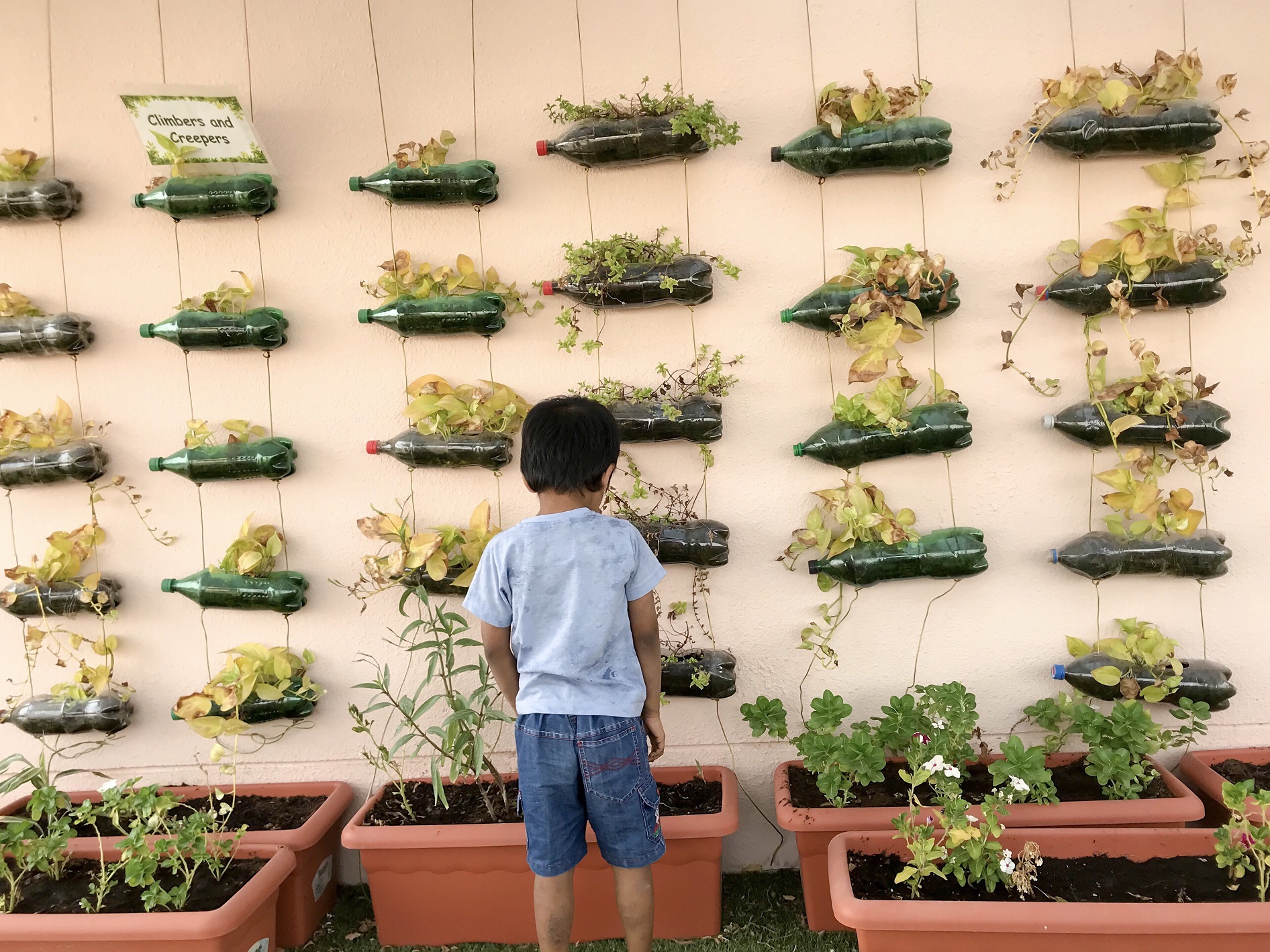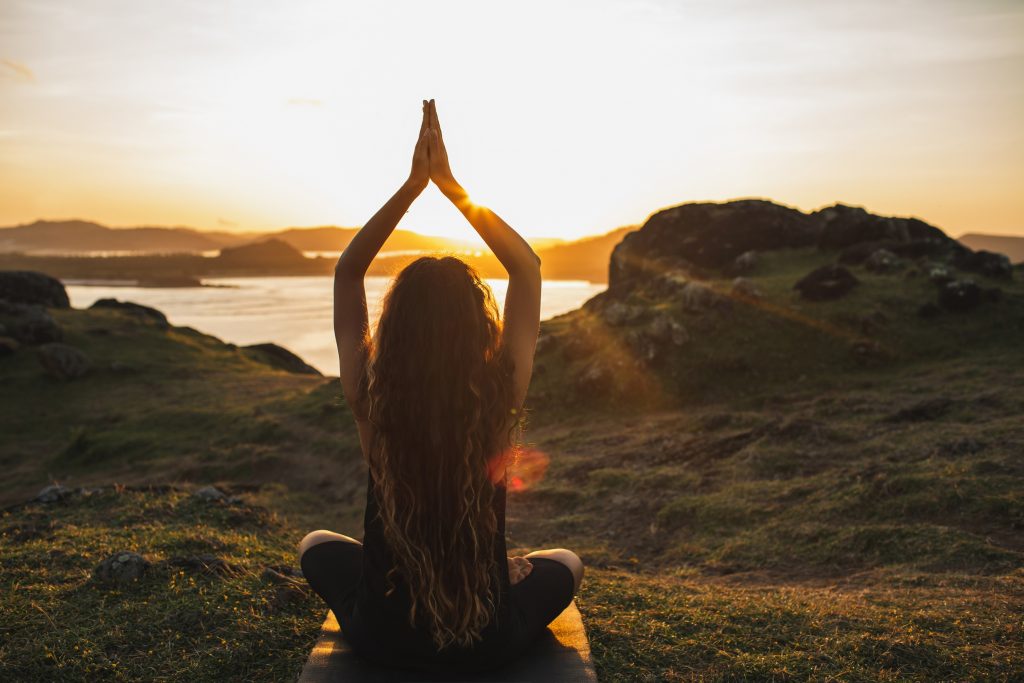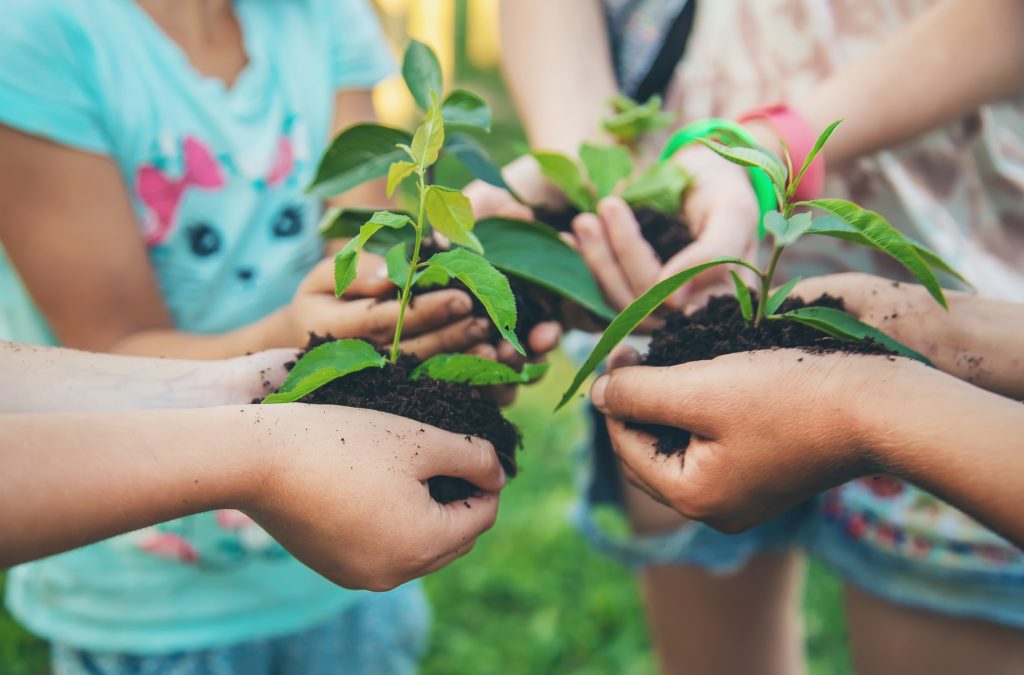
Let’s look into how can we achieve sustainable living. We have talked at length about the meaning of sustainable development. As well as its importance as a preferred state of being for people and society at large. This is great for philosophical debate. But it gets pretty dirty when it comes to implementation.
Since we often think of sustainable development as a utopian system. That needs to replace the current global infrastructure with more sustainable choices. While also expanding these new markets to the point. Where we can enjoy the benefits of at-scale production in renewables.
This is a huge problem in itself. Even before we decide to add in the complexities of environmental protection. Or the added burden of doing it all. While also juggling economic growth and social progress metrics.
Not to mention, that any changes to the system we come up with. Need to also be flexible enough to change with the changing needs of future generations.
After all, we certainly didn’t consider lithium such a vital resource until just a decade or two ago. So, who knows what new mineral and/or resource will become the next big bottleneck for future growth.
Since all of this has to happen on a global scale. If we are to truly ensure that all countries are held accountable for their part in the issue. It only adds to the problems that we need to solve. Even before we begin defining a framework for achieving said sustainable development.
Thankfully, we have the UN, who have spent years trying to understand this big picture and define attainable goals that cover all aspects of social, environmental, and economic development. That needs to happen in a sustainable manner.
So, it only makes sense that they have called these the UN Sustainable Development Goals (SDGs). In layman’s terms, they are the world’s plan to change the planet by 2030. They cover key areas that need individual focus. But will also have a huge collective impact on future generations.
Let us take a look at a few of these goals, and how they are valuable for achieving sustainable living. Both on an individual, as well as societal level.
They say money can’t buy you happiness, but it can certainly deliver prosperity. Poverty is defined as, “a state or condition in which a person or community lacks the financial resources and essentials for a minimum standard of living.”
This can simply mean not having enough money to get food to feed your family. Or more insidious debt traps that prevent people from digging themselves out of that hole.
Poverty doesn’t just affect the financial status of the family. It also defines the boundaries of their growth. As well as that of the entire local community. Since a community is only as strong as its weakest members.
By eliminating poverty, we can bring tangible change in the lives of people and families. This is also the cheapest way of achieving sustainable living. As people who are financially secure, having a bigger stake in ensuring that the world they live in remains functioning.
As we mentioned above, a big part of eliminating poverty is ensuring food security. Food insecurity remains one of the biggest issues plaguing our communities. It is also a more complicated problem than we assume.
The more visible form of food insecurity is the general lack of food sustained by a lack of money. This is something that is common in most countries. With more than 25,000 people each day dying from hunger and undernutrition.
We can help prevent these problems by reorganizing our food supply chains. To divert waste from restaurants and manufacturing facilities. Towards communities that could use those food items. Food pantries, food banks, and various NGOs also provide a vital service. By bringing food to people who need it the most.
Another deeper problem is the complete lack of food supply chains themselves. Especially in poverty-ridden areas, which are also called food deserts. Since they hardly see any investment in healthy food stores or grocery shops. That instead opt to open stores in richer neighborhoods. Where they can charge more for their inventory. By working on these problems, we can solve a big issue limiting the growth of our nation and its people.
Even if you have enough food to survive. There is still a big difference between being alive, and thriving in good health. Good health can be an expensive position to achieve. As it requires the guidance and consultation of good doctors and dieticians. Who can prescribe the right course of action for nurturing your body.

We include well-being in this as well. Since mental health and well-being are also a vital part of overall good health. Especially these days, when one out of four people suffers from some kind of mental issue.
Without this, it is hard to move in the right direction. A fact, proven by a Lancet report that said more than 2 million Indians die each year from treatable conditions. And this was before Covid even became a thing to worry about. So, you can probably guess how vital good health and well-being are for sustainable living.
One of the key issues that often predate the onset of poverty, bad health, and other issues is lack of education. And in most cases, providing quality education often has a significant impact. Not only on the average quality of life. But also, in the future prospects of the person.
This is because formal education not only becomes a bargaining tool for better pay. It also imparts new skills and knowledge to the person. Who can then use it to improve their overall work experience and future career path.
Educated people are also a lot more rational, sociable, and adaptable. Qualities that only come with experience and interaction with other learned people.
These benefits not only improve the lives of the people getting the education. But also, of the upcoming generations. As educated people often encourage higher education for their children. A trend that we should encourage more if we truly want them to achieve sustainable living.
Whether it is in the field of education, or on the open job market. If you want to truly encourage sustainable development. You will need equal participation of both genders.
This is a big problem to solve in a country like India. Where the sex ratio is already skewed against the female population. A problem only made worse by restrictive social norms. Which often curtail the academic and professional aspirations of a lot of women.
The pandemic has further deepened this divide. With the participation of women in the job market falling sharply. This should panic you because the figure was barely hovering around 20% in 2019.
Any more, and we will be in the low single digits. A figure which doesn’t bode well for women, who still make 48% of the population. This is why we need to encourage gender equality more. To ensure we have an equal balance of both genders. In the progress of the nation.
If we are talking about the necessities of life. Clean water and proper sanitation services probably rank pretty high.
After all, humans have had a bad history of dying off due to the lack of these vital amenities. With almost a million people dying each year from sanitation-related problems. Even today, when we have eradicated these problems from most developed countries.
Even if you don’t die outright, dirty water and toilet conditions can often lead to other diseases. That would otherwise have had no way to enter your body. Therefore, this should remain a vital part of any plan to achieve sustainable living. As avoiding disease is key to good health and a good life.
Power remains a key constraint of any economy. We not only use huge amounts of power for our personal appliances. But also, for all sorts of commercial, industrial and governmental use cases.
Since most of our energy systems still use fossil fuels. This creates unpredictability in the economy. As most countries have to import them from other manufacturers. Who sometimes use it as political leverage. Something we are even seeing these days.
This is why moving to renewable energy makes so much sense. As it is an affordable source of clean energy. Which can help reduce our dependence on other nations.
As we transition our transportation infrastructure to electric vehicles. This need for decentralized clean energy sources will become mainstream. With most residential units hooked up to their own solar systems. To take the load off the grid, and also help us save energy and fuel costs.
We often talk about transitioning to more sustainable technologies. But that kind of shift often takes years and billions of dollars in investment.
Especially when we consider that we have to build multiple secondary companies. To support the manufacturing and supply chains of these new sustainable industries.
This is a good thing though, as the creation of new infrastructure beings new jobs as well. Not just in the construction of the services, but also in their operation and deployment.
In fact, some companies are even creating new categories in sustainable manufacturing. For vendors who want to supply recycled metals and minerals to these companies. That are looking to reduce their footprint and hopefully save some money as well.
These new industries will absorb the older workers and upskill them. Just like it happened when automobiles and factories replaced horses and farms. Hopefully, this time, it will be a more sustainable change.
When we compare this to the other goals on this list, it seems not that urgent. Yet, this issue is perhaps the biggest problem facing us all. One whose impact will be felt for thousands of years in the future.

There is no shortage of literature these days that help make this case. We have already seen the firsthand impact of the changing climate, even at our current rate of growth. So, the only thing to do now is take solid action. Both on an individual as well as policy level.
To ensure that our future generations have a world worth living in. Not just in terms of dealing with extreme weather events. But also, as a means of sustaining the ecological diversity in flora and fauna. That our planet has been blessed with.
These are just some of the goals set by the UN that can help us achieve the vision of sustainable living. We will explore this issue some more when we discuss various ideas for sustainable living and development.
Leave a Reply